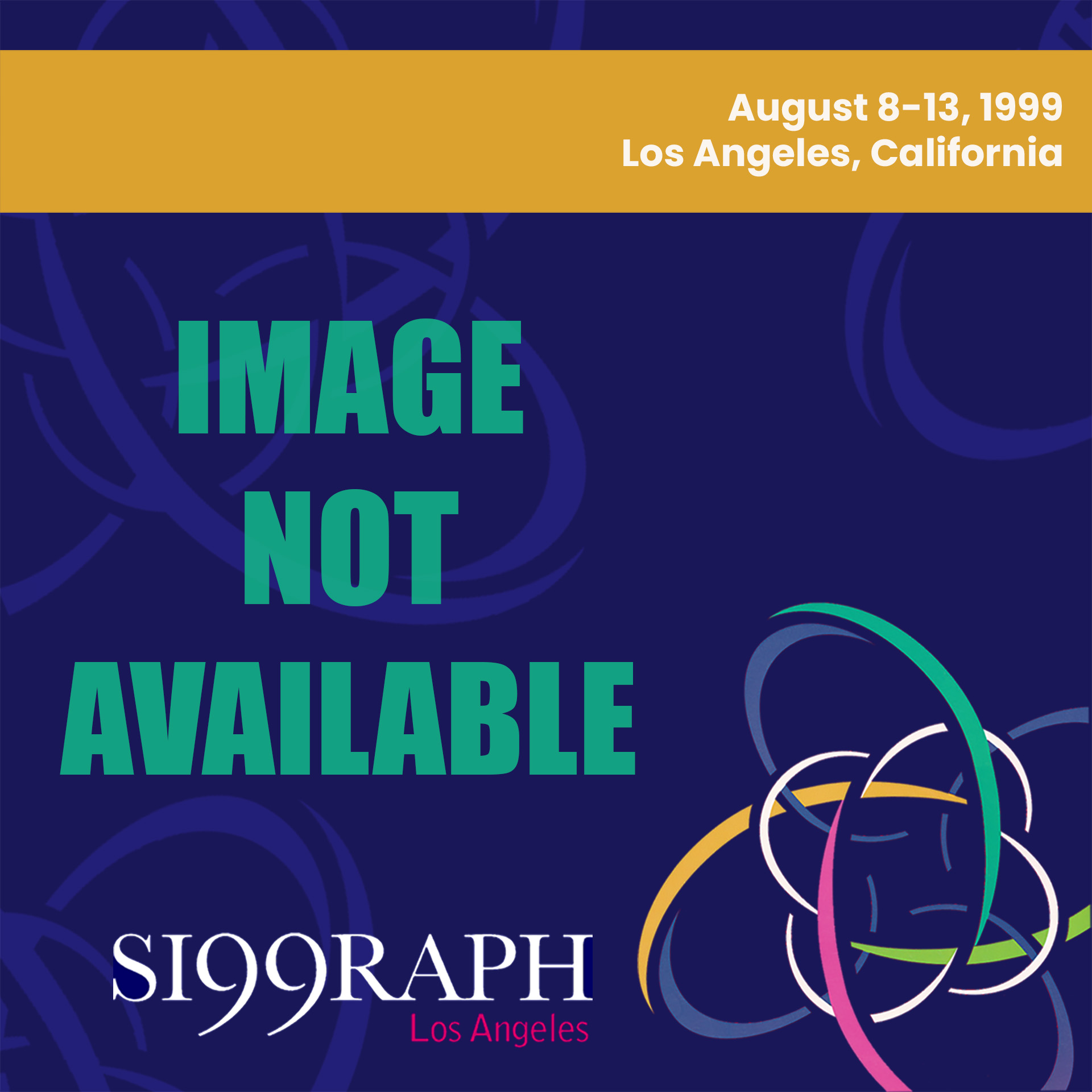“Drawing & Learning” by Baker
Conference:
Type(s):
Title:
- Drawing & Learning
Presenter(s)/Author(s):
Abstract:
A number of London-based art and design institutions are in the process of developing a family of products which address the important subject of drawing. The focus of the project will be fundamentally and crucially concerned with the process of developing visual literacy in students.
In 1995-96, almost five percent of higher education students in the United Kingdom were in art and design. If related subjects with a clear interest in drawing such as architecture, engineering, and technology are included, the total rises to almost 16 percent.
Drawing is central to all that is produced within the broadest spectrum of art and design. It is the core around which the conceptual and intellectual development of students takes place. By the end of this three-year project, the proposed outcomes will be a set of fully tested, quality assured, inter-related interactive multi-media (CD-ROM, video, and Internet) products covering the important subject of drawing. The products will provide an extremely valuable teaching and learning tool for use throughout education. They will enable students to develop as independent learners while also providing a much needed, innovative and cost-effective teaching aid to support hard-pressed teaching staff. The University of Glasgow Evaluation Group will oversee the process of production, testing, and delivery.
The project will address this problem by producing a set of computer-based resources which will have wide applicability to the subject of art and design and related subjects. This applicability will also extend across a range of levels. The products will be readily integrated into the teaching and learning practices within higher education and will reduce the amount of costly lecturer time presently expended on this.
The consortium partners are: The London Institute; University of Brighton, Faculty of Art, Design and Humanities; Falmouth College of Arts; Ravensbourne College of Design and Communication; Surrey Institute of Art and Design; and University of Ulster, Faculty of Art and Design. The consortium is seeking funding of £300,000 over three years. The consortium represents a large part of the total art and design activity in the higher education sector. The subject expertise which is available to support
the project is formidable. The consortium partners have significant experience in the management and delivery of complex publicly funded projects.
Introduction
The growth in higher education student numbers and in the diversity of their nature, e.g. mature students, has placed continuing strain on teaching resources. The skill base of students is more varied than ever before. It is increasingly difficult to cosset students through the development of the essential skills of drawing because of increased student numbers and obvious cost constraints, yet it is necessary to ensure that student expertise and skill in this particular area are well developed.
Drawing is central to all that is produced within the broadest spectrum of art and design. It is the core around which the conceptual and intellectual development of students takes place. Drawing allows individuals to learn to look, to record what they see, and is used to develop thought and ideas for artwork and for design, in both two and three dimensions. Furthermore it is a language capable of emotional and formal expression and communication with others, in fine art, design, and fashion, as well as in architecture and engineering. There is a rich history of drawing as part of the history of art and design as well as the history of architecture, and of technology, in relation to European and world cultures.
The working titles of the initial products will include: Ways of Looking; Perceptual and Conceptual Approaches to Drawing; Measured Drawing Systems; The Use of Perspective, Scale, and Tonality; Using the Computer as a Drawing Tool.
Aims
• To develop computer-based products which will be of significant value in providing cost effective support to students of art and design.
• To develop a family of related products which exploit the diversity of drawing.
• To enable partner institutions, either individually or in conjunction with each other, to develop an aspect of drawing.
• To produce products that will build into a comprehensive coverage of the subject of drawing and be of significant value to education.
• To subject product development to clearly defined standards covering platform, scripting, delivery, and dissemination.
• To adopt a regime of stringent editorial management, ensuring quality of content and consistency of presentation.
Objectives
• To produce computer-based products which will emphasize the development of observation, skill, and accuracy.
• To produce products which will emphasize the understanding of form and space.
• To produce products which will improve the ability to utilize software applications for 3D modeling and will enhance the teaching of formal drawing systems such as projection and perspective.
• To publish teaching materials through CD-ROMs and other media, marketed within and beyond the educational sector as valuable learning resources for a wide range of applications for which the understanding of drawing is intrinsic.




